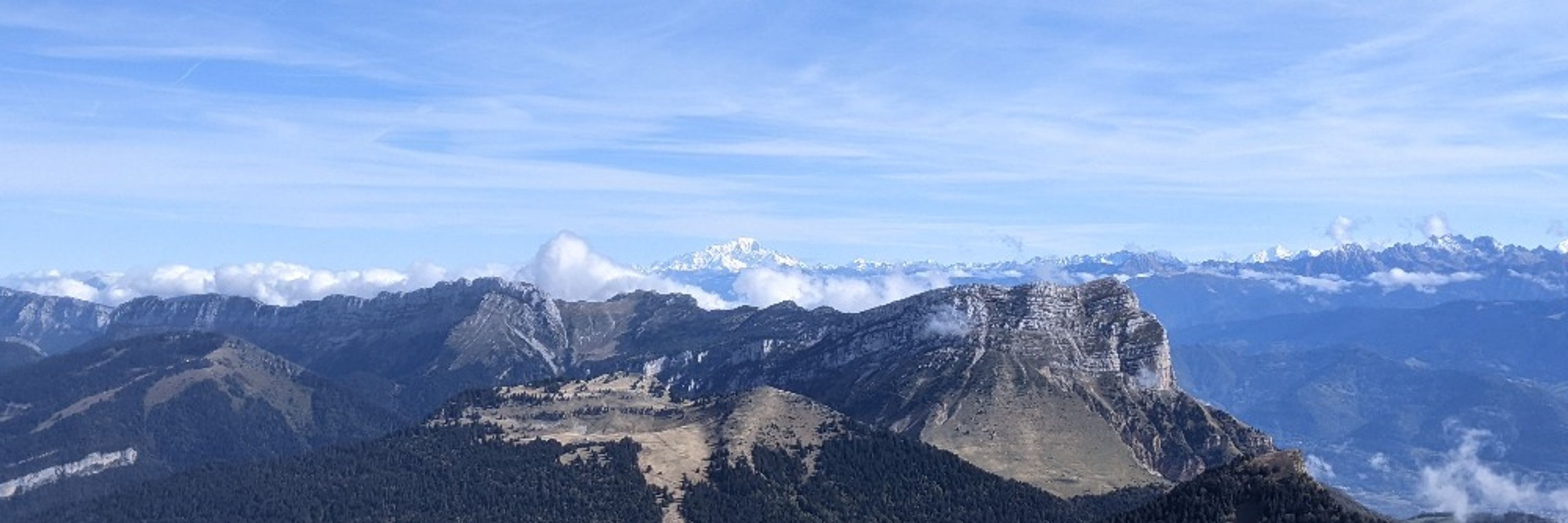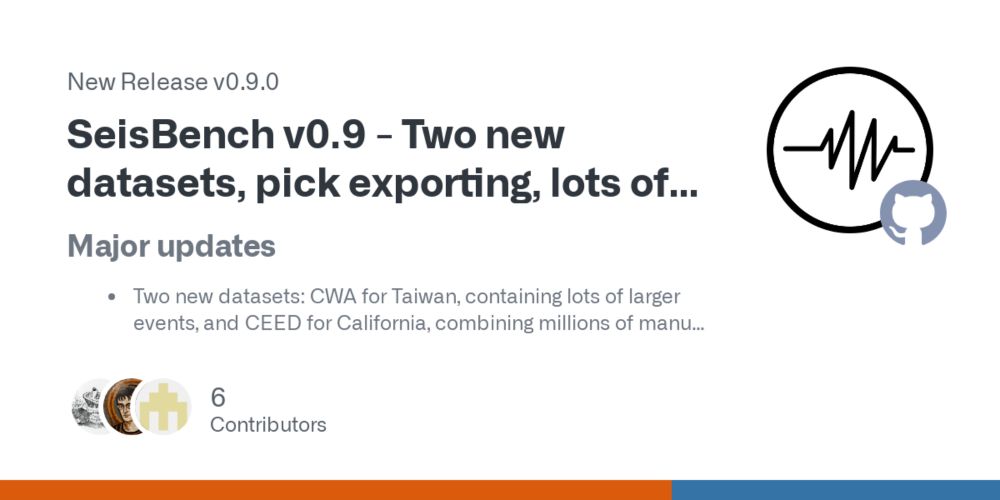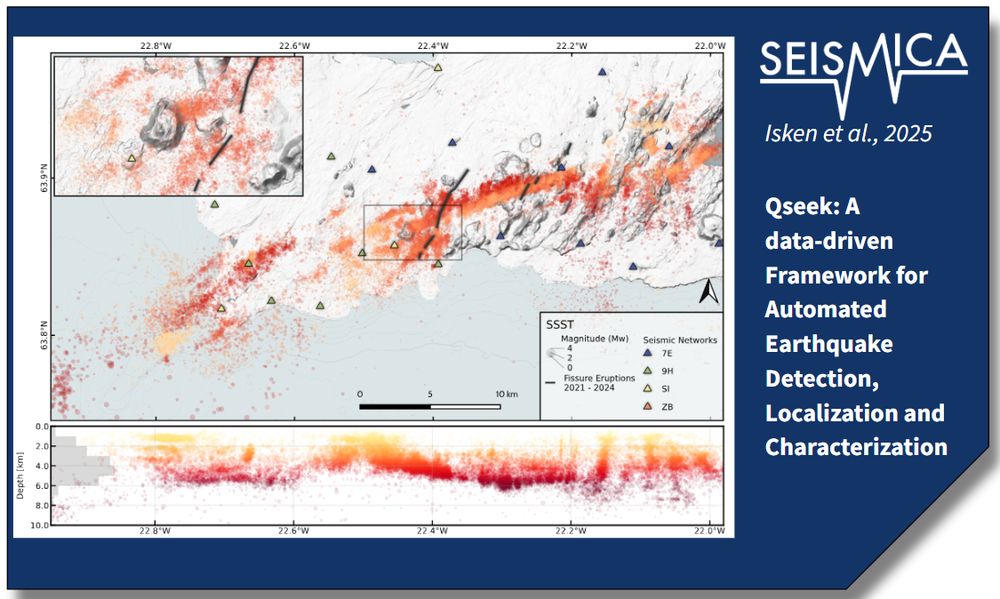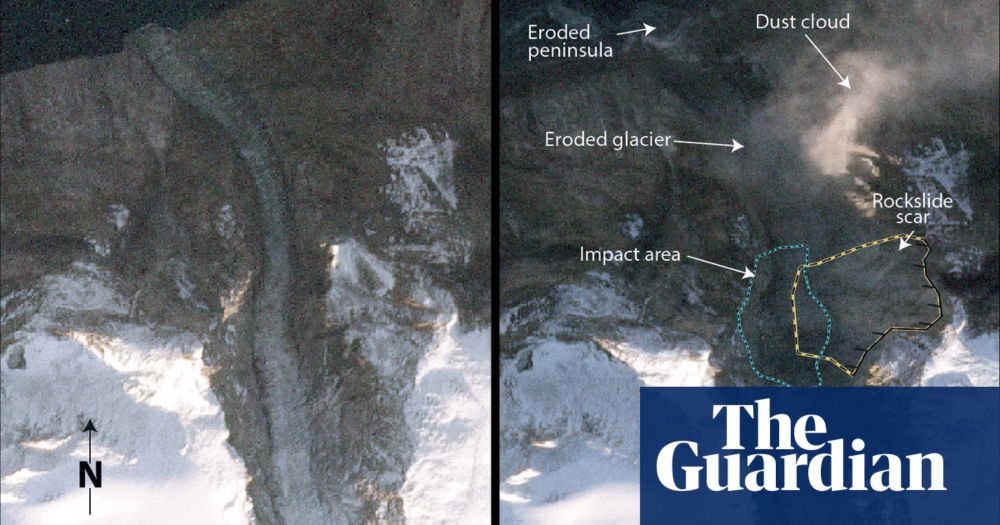Jannes Münchmeyer
@jannesmunch.bsky.social
1.9K followers
88 following
27 posts
Marie Curie Postdoctoral fellow ISTerre Grenoble | Exploring earthquakes, tremors and slow slipping in the wild | he/him
Posts
Media
Videos
Starter Packs
Reposted by Jannes Münchmeyer
Reposted by Jannes Münchmeyer
Reposted by Jannes Münchmeyer
Reposted by Jannes Münchmeyer


















